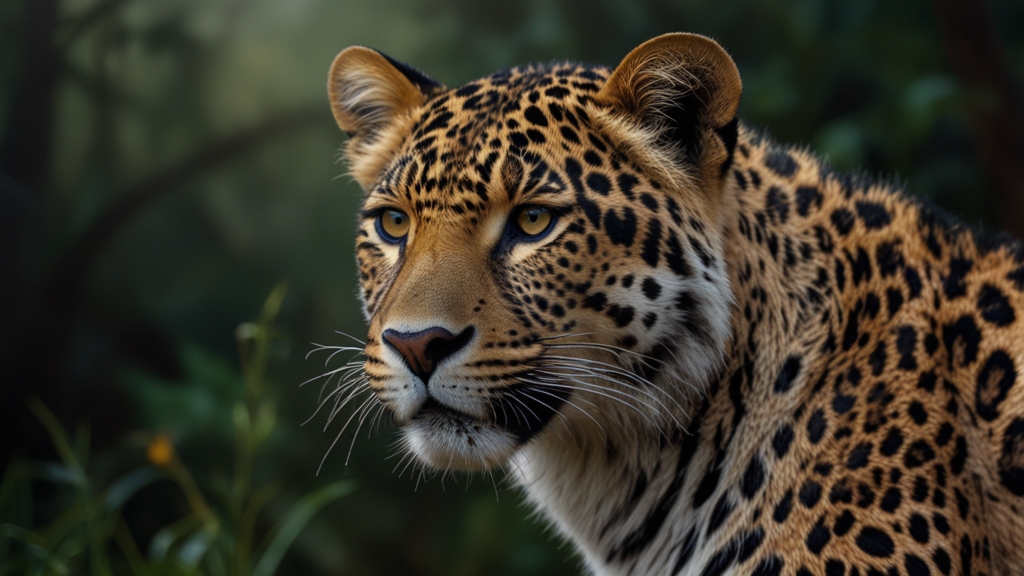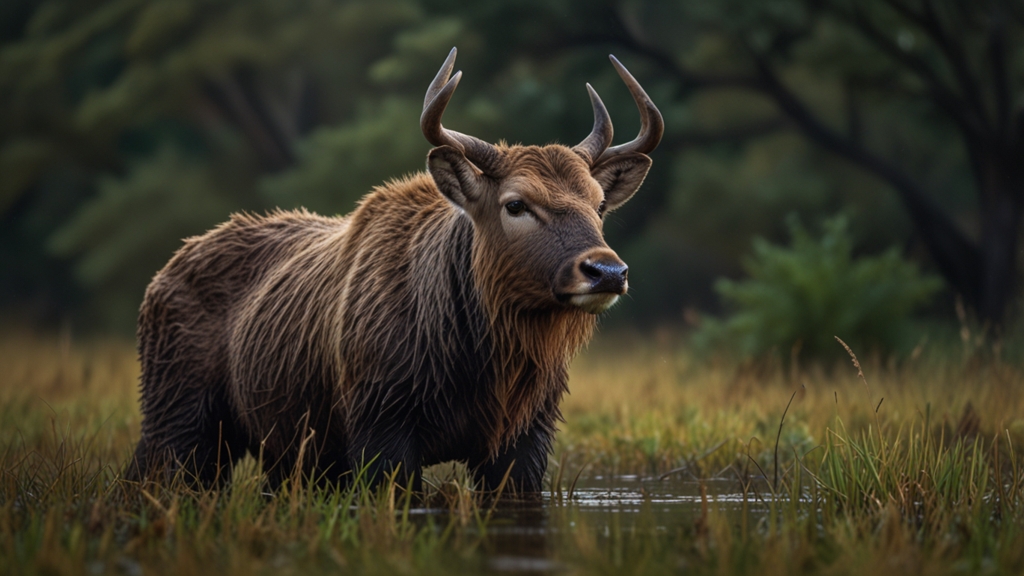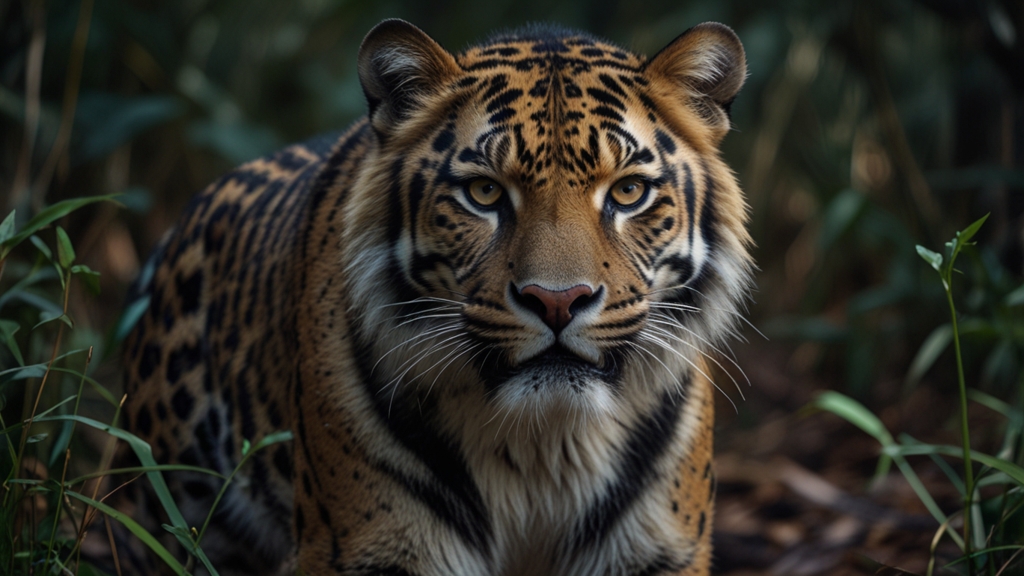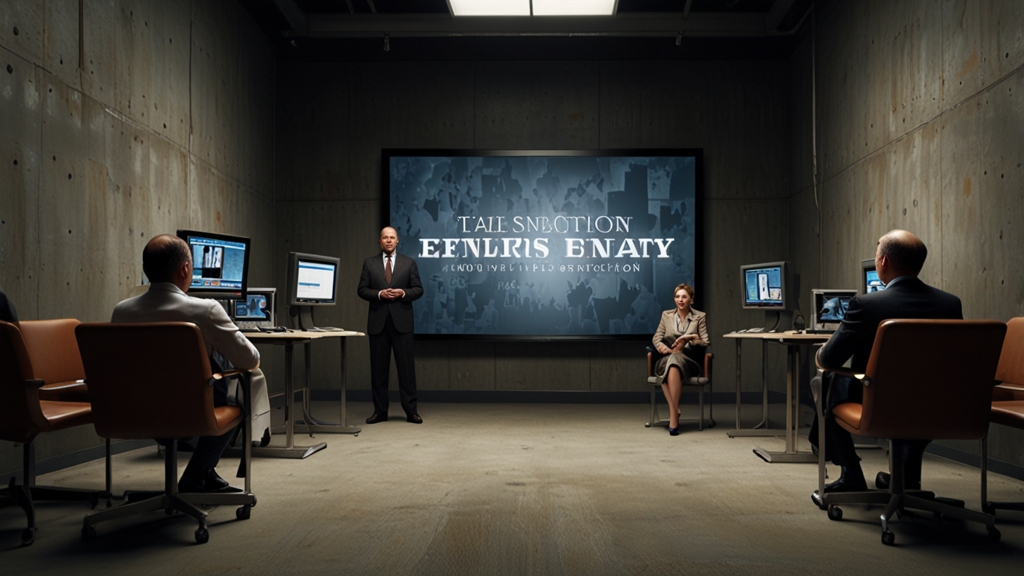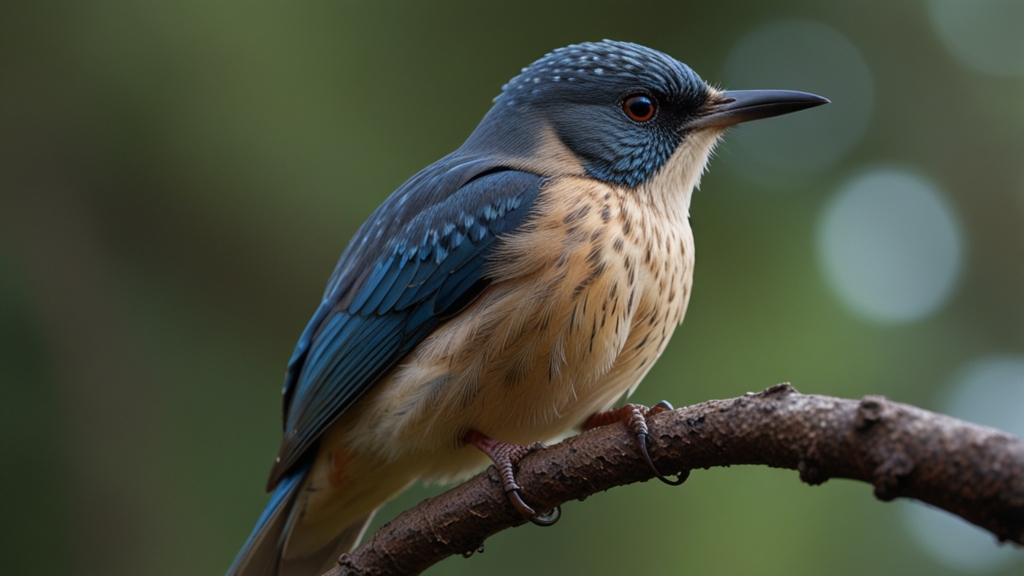Dinosaurs of Today: Creatures That Time Forgot
Dinosaurs are often depicted as colossal, ferocious creatures that roamed the Earth millions of years ago. However, remarkably, some of their descendants persist in the modern world, carrying with them echoes of a prehistoric past. These "living fossils" serve as reminders of a time long gone, providing a fascinating link between the present and the distant days of the Mesozoic era.
The Modern Descendants
Among the most intriguing of these creatures are birds, the direct descendants of theropod dinosaurs. Paleontologists have established that birds evolved from small, feathered theropods, sharing many characteristics with their ancient relatives. From the way they nest to their skeletal structures, today's birds are a living testament to their dinosaurian ancestry.
The Crocodilian Connection
Crocodiles and alligators are another prime example of living fossils. These reptiles belong to a group closely related to the dinosaurs and have existed for over 200 million years. Their physical appearances and behaviors have changed little since the time of the dinosaurs. This resilience offers a unique insight into the adaptability and survival of ancient species.
The Mesmerizing Coelacanth
The coelacanth, a deep-sea fish, was thought to have gone extinct with the dinosaurs 65 million years ago until one was found off the coast of South Africa in 1938. This discovery astounded the scientific community and rekindled interest in these enigmatic creatures.
Today, the coelacanth serves as a crucial link in the study of vertebrate evolution. Its lobed fins and unique anatomy provide valuable insights into the transition from aquatic to terrestrial life, highlighting the enduring nature of these ancient lineages.
The Resilient Horseshoe Crab
Horseshoe crabs, with their distinctive, armor-like shells, can trace their origins back more than 450 million years. Despite the vast changes in Earth's environment and ecosystems, these resilient arthropods have retained much of their ancient form. Their blue blood is valuable for medical research, showcasing how even the most ancient of creatures can have modern significance.
The Unchanged Tuatara
The tuatara, a reptile native to New Zealand, is often described as a "living fossil" because it resembles the early reptiles of the Triassic period. It has survived for over 200 million years, virtually unchanged by the evolutionary currents that shaped other species.
Unlike its more modern reptilian cousins, the tuatara has a unique set of features, including a third "parietal" eye on top of its head and a distinct skull structure. These characteristics not only distinguish it from other reptiles but also make it an invaluable subject of study for evolutionary biologists.
Lessons from the Past
The survival of these ancient species provides us with invaluable lessons about resilience and adaptation. They have weathered mass extinctions, climate changes, and shifting ecosystems, illustrating the tenacity of life in the face of adversity. By studying these "living fossils," scientists can gain deeper insights into evolutionary processes, ecological dynamics, and the history of life on Earth.
Conclusion
While the towering giants and fearsome predators of the Mesozoic era may have vanished, their legacy endures in the form of creatures that have withstood the test of time. Birds, crocodilians, coelacanths, horseshoe crabs, and tuataras remind us that the story of dinosaurs is far from over. These living fossils, the so-called "creatures that time forgot," bridge the past and present, offering a living window into a world long gone but not forgotten.
As we continue to explore and understand these remarkable survivors, we gain not only knowledge but also a profound appreciation for the intricate web of life that has persisted through the eons.

